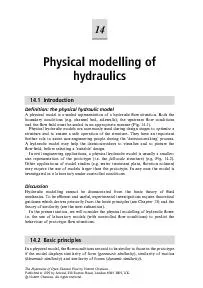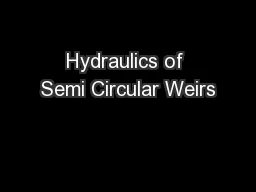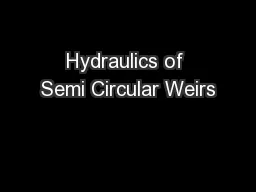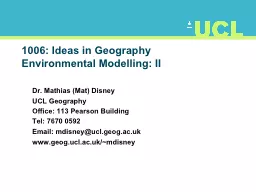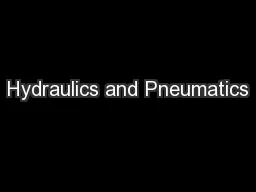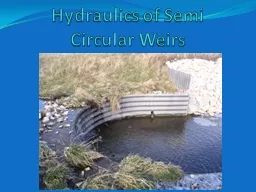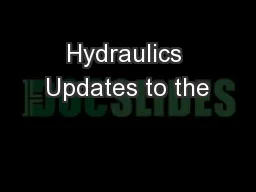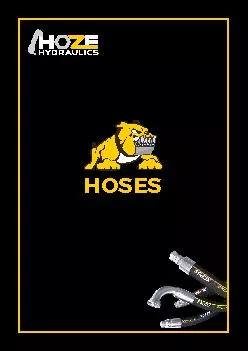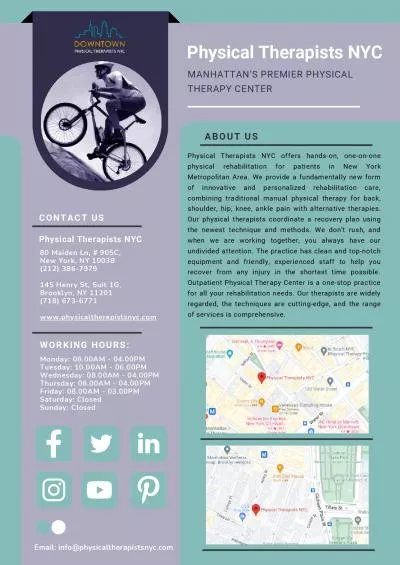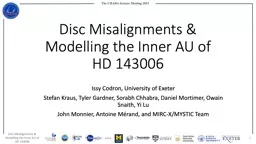PDF-Physical modelling of hydraulics
Author : celsa-spraggs | Published Date : 2014-12-19
1 Introduction Denition the physical hydraulic model A physical model is a scaled representation of a hydraulic 57519ow situation Both the boundary conditions eg
Presentation Embed Code
Download Presentation
Download Presentation The PPT/PDF document "Physical modelling of hydraulics" is the property of its rightful owner. Permission is granted to download and print the materials on this website for personal, non-commercial use only, and to display it on your personal computer provided you do not modify the materials and that you retain all copyright notices contained in the materials. By downloading content from our website, you accept the terms of this agreement.
Physical modelling of hydraulics: Transcript
Download Rules Of Document
"Physical modelling of hydraulics"The content belongs to its owner. You may download and print it for personal use, without modification, and keep all copyright notices. By downloading, you agree to these terms.
Related Documents

